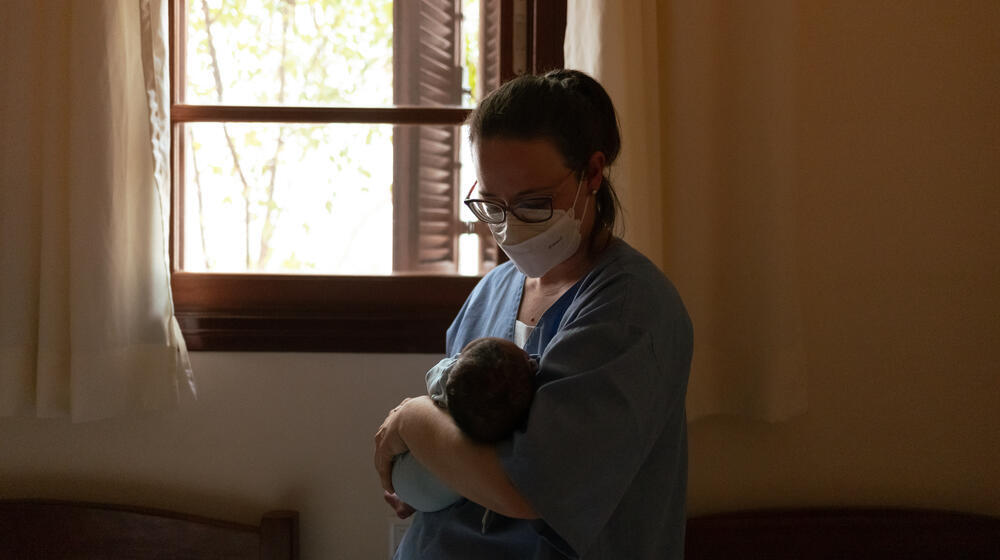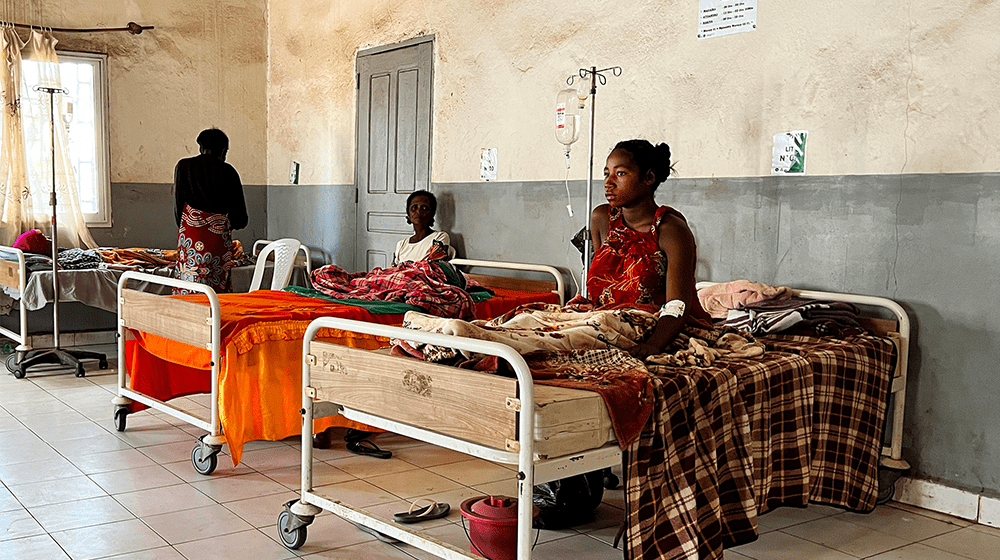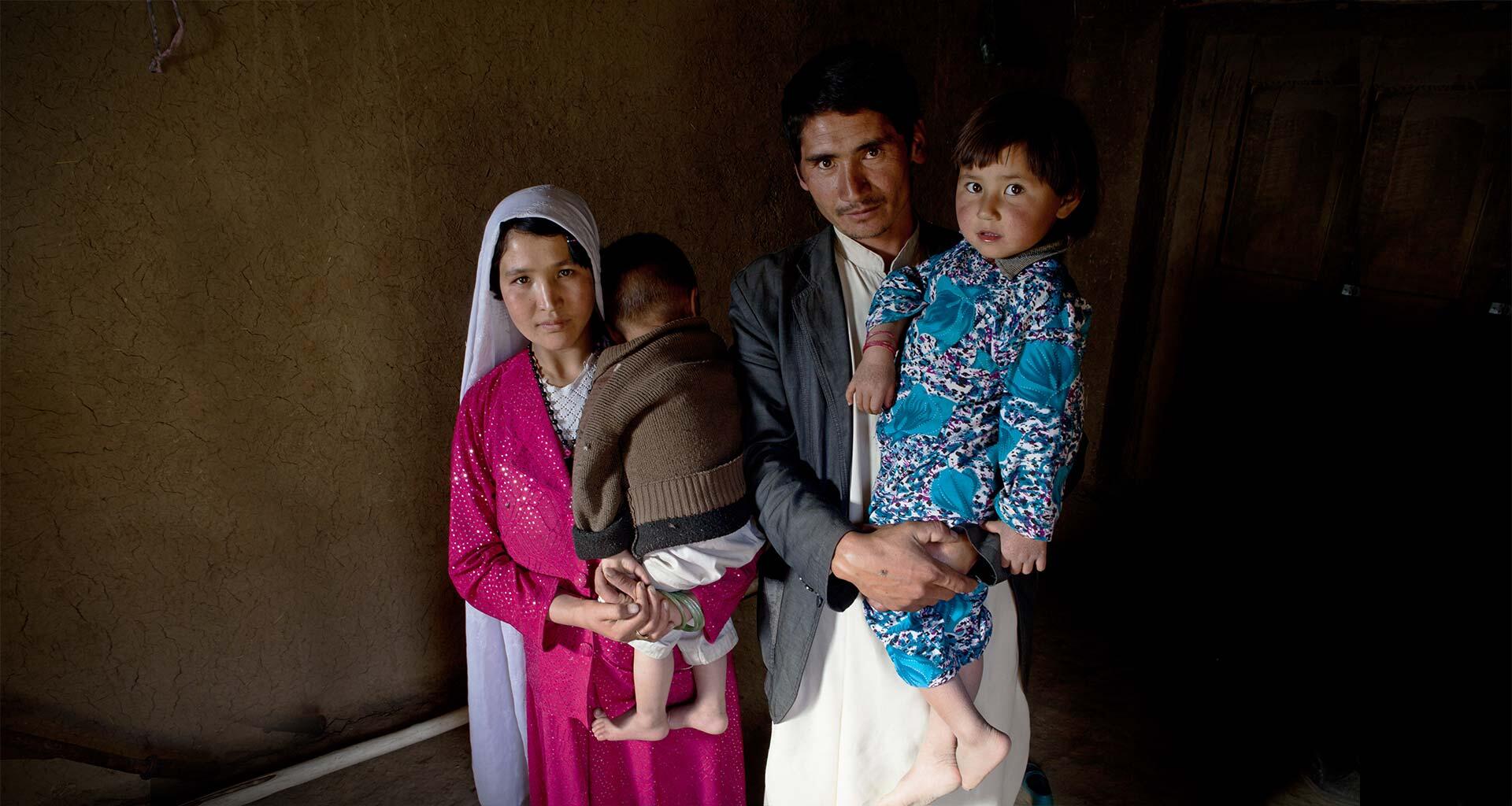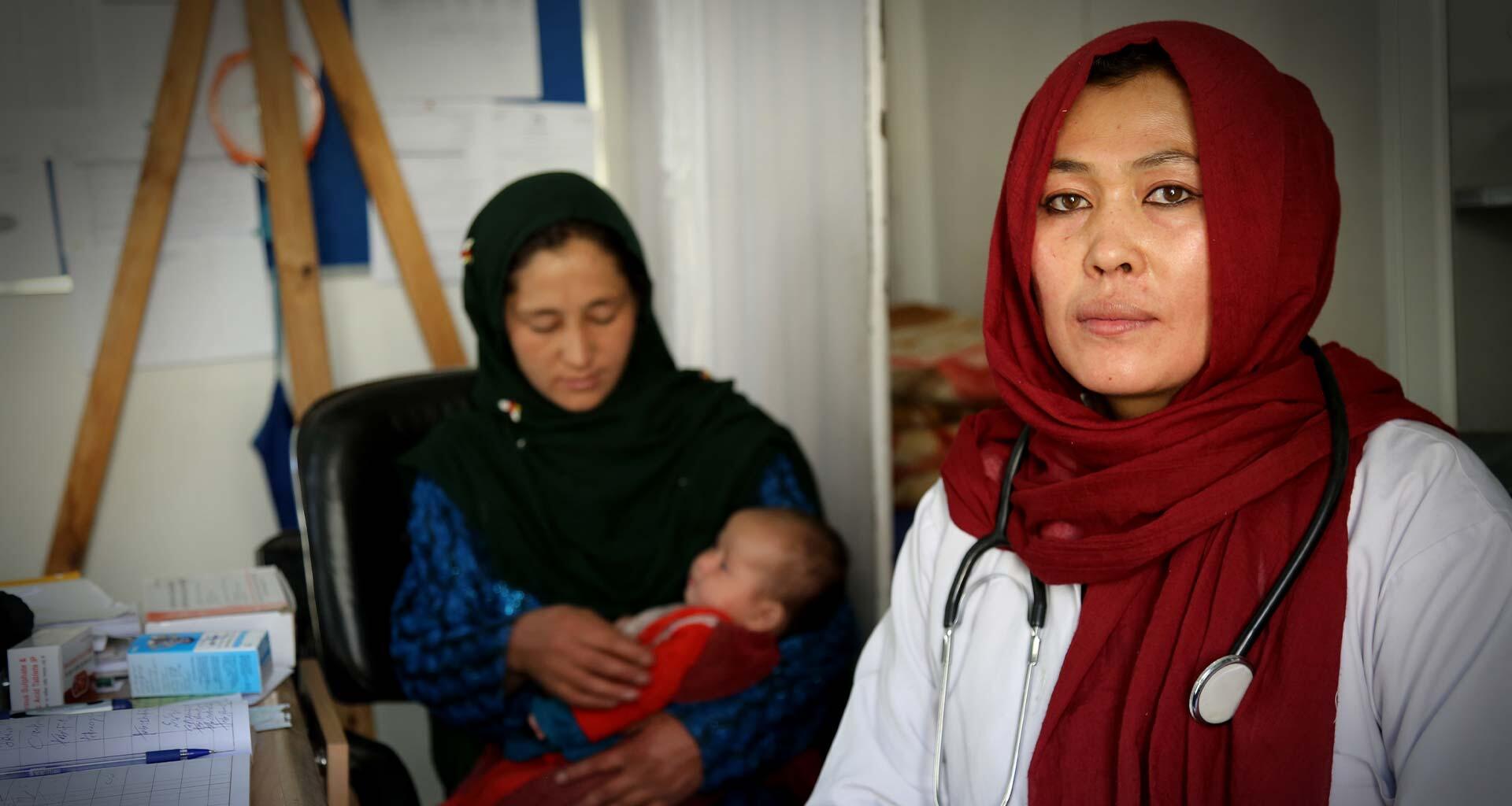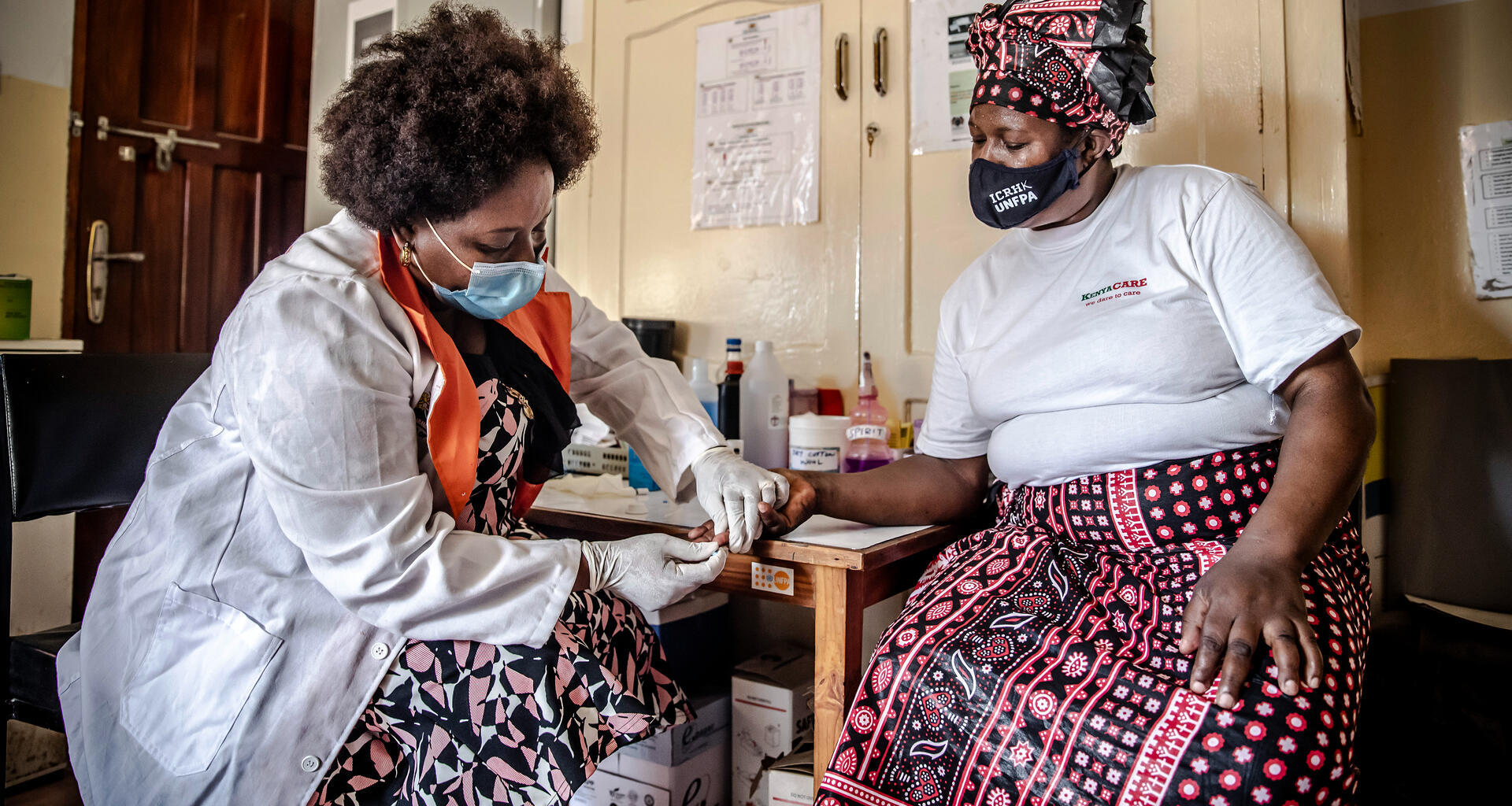Midwives save lives. Well-trained midwives working in a fully functional environment could help avert roughly two thirds of all maternal and newborn deaths, according to the most recent State of the World’s Midwifery report. They could also deliver 90 per cent of all essential sexual, reproductive, maternal and newborn health services, yet because they are both underutilised and in short supply, they account for only 10 per cent of those currently providing these services.
Since 2008, UNFPA has worked with partners, governments and policymakers to help build a competent, well-trained and well-supported midwifery workforce in low-resource settings. UNFPA focuses on four key areas: strengthening competency-based midwifery training; developing strong regulatory mechanisms to ensure quality services; raising the voices of midwives by establishing and strengthening midwifery associations; and advocating for increased investments in midwifery services. UNFPA also works to create a supportive environment for midwives by advocating for adequate workforce policies for midwives.
